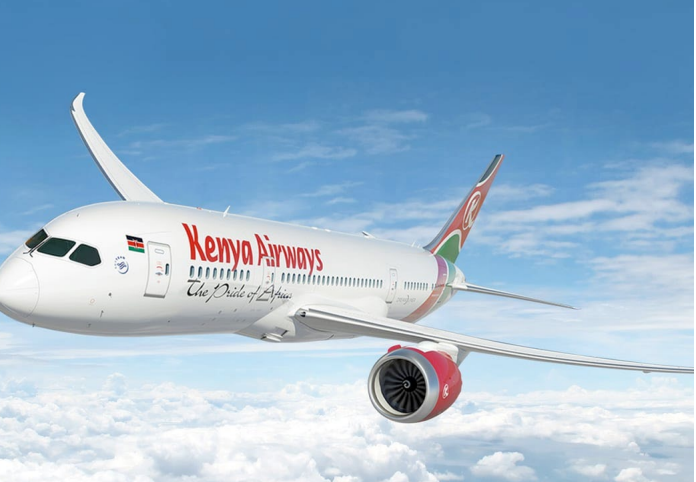Can Kenya Airways salvage its position and revert to a profitable path?

Kenya Airways (KQ) woes came to head this week with its pilots going on strike and bringing to a halt the operations of one of the largest airlines on the continent. It was not just passengers getting stranded, but the horticultural sector also reported losses resulting from the lack of cargo flights.
As airlines go, KQ was once a stellar airline in Africa garnering global awards but has now turned into a loss-making, debt-ridden entity with a total debt burden of USD 845.5 million. This is despite various bailouts from the exchequer.
The airline supports several key sectors in the economy including tourism and horticulture but has been reporting loses for a decade now.
At the heart of its current problems is a strike by the 400-strong representative body of pilots due to a dispute on contributions to their pension fund and reimbursement of Covid-19 deductions. KQ has reported making KSh2.5 billion losses per week due to the strike which commenced on Saturday (November 5, 2022). If the strike continues, the airline has hinted that its payroll may be on the line.
The pilots’ strike could undo the work the airline had started after Covid-19 to improve its revenue position by increasing the number of flights, destinations and travelers.
Ideas to turn around the fortunes of the Pride of Africa have not been lacking. In 2018, a nationalisation strategy and the strategy for continuous and sustainable operations of Kenya Airways PLC, which would allow the airline to run the operations of the Jomo Kenyatta airport on behalf of the Kenya Airports Authority, were considered.
The first idea, to nationalise the airline, would have required proper oversight of the financial performance of the airline, in line with guidelines issued by the Treasury in 2020 referred to as Guidelines on Public Investment Management for National Government and its Entities. This would allow public scrutiny of the nationalization process and allow investors to see how viable the project is. The second project was not viable due to the heavy indebtedness of the airline and its lack of experience in managing an airport.
That was before Covid-19 struck and dealt a further blow to the transportation sector. This led the government to drop plans to nationalise the carrier. Currently, the airline has to be able to find a way to talk to the pilots to return to the negotiating table and resolve the stalemate. But the government cannot keep bailing out the airline time and again using taxpayers money.

